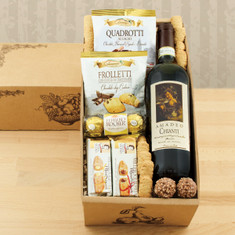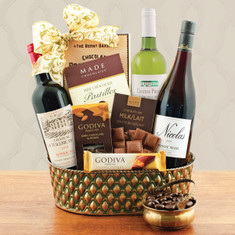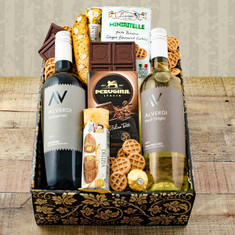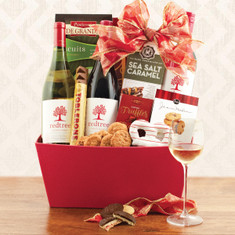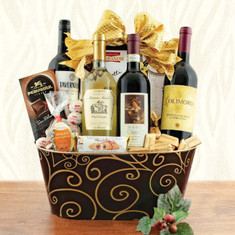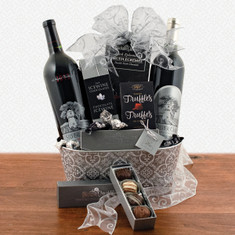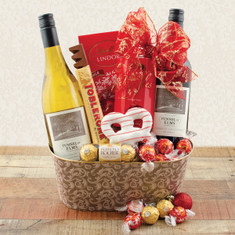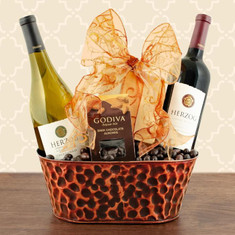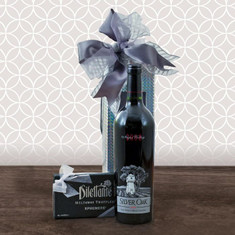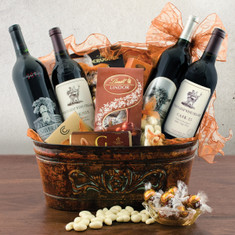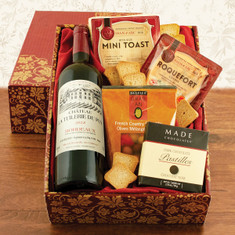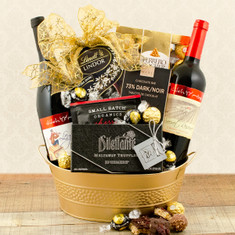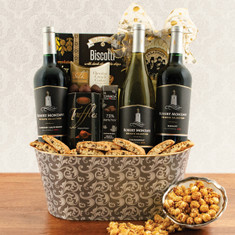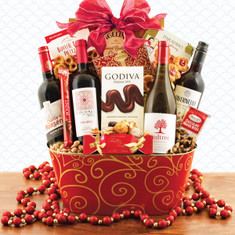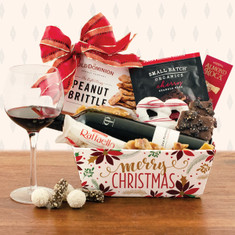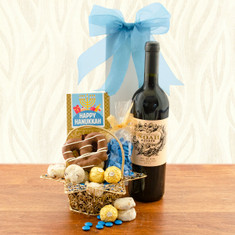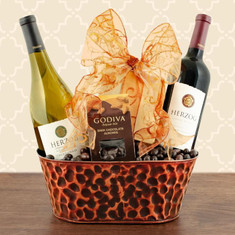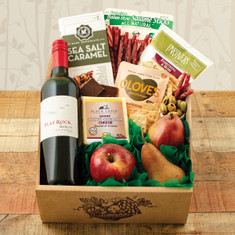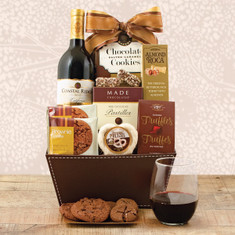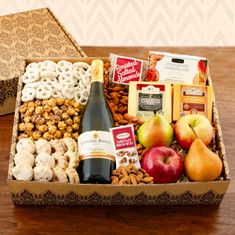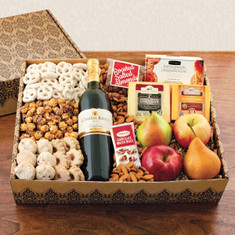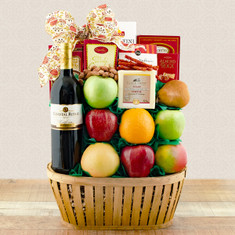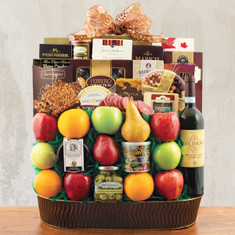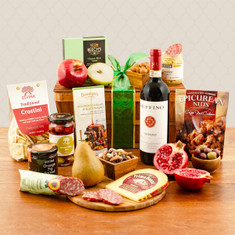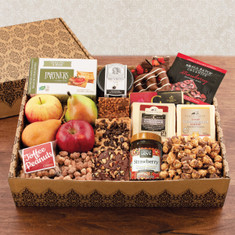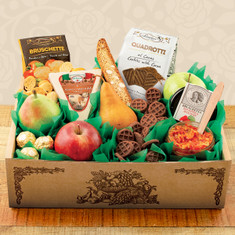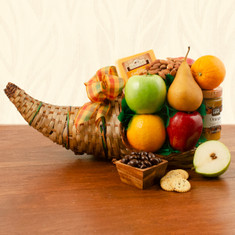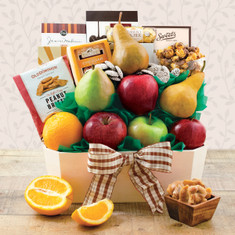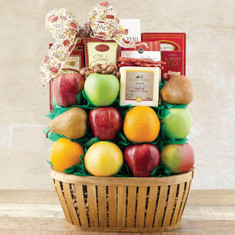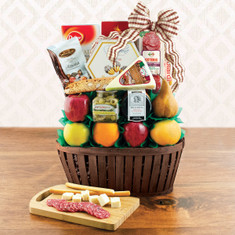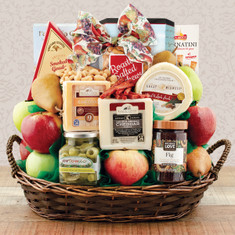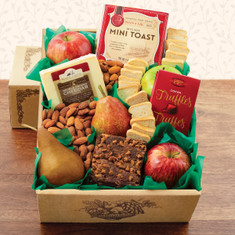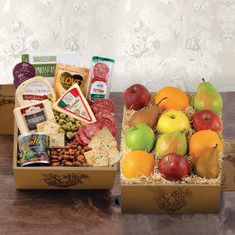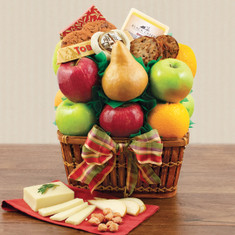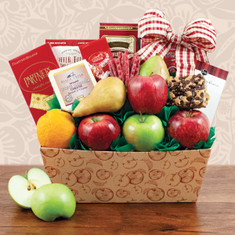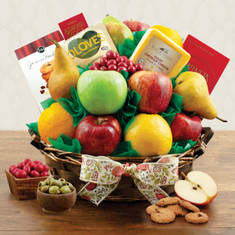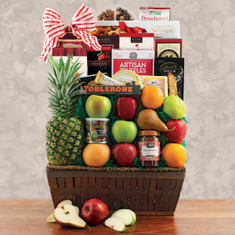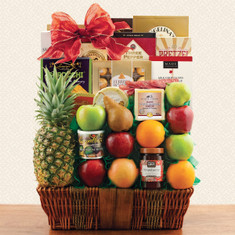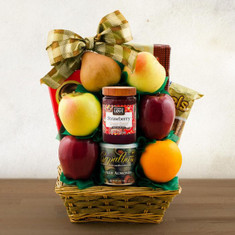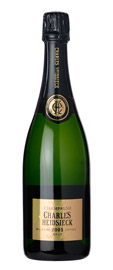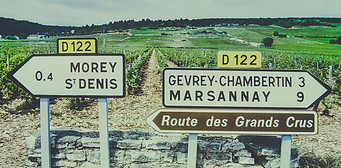Bourbon Reviews
What is Bourbon?
Bourbon is the Great American Spirit. All bourbon is American whiskey but not all whiskey is bourbon. Bourbon is defined by a U. S Federal decree.
- It must be made in the United States. Many people believe bourbon should only be made in Kentucky.
- The grain composition of bourbon must be at least 51% corn.
- Bourbon must be produced at not more than 80 percent alcohol (160 proof).
- Bourbon must be stored in charred new oak containers at no more than 62.5 percent (125 proof).
Bourbon has progressed with significant more criteria to characterize this beverage
Bourbon Whiskey: Whiskey produced in the U.S. at not exceeding 80 percent alcohol by volume (160 proof) from a fermented mash of not less than 51 percent of corn and stored at not more than 62.5 percent alcohol by volume (125 proof) in charred new oak containers.”
Straight Bourbon Whiskey: Bourbon whiskey stored in charred new oak containers for at least two years. ‘Straight bourbon whiskey’ may include mixtures of two or more straight bourbon whiskeys provided all the whiskeys are produced in the same state.
Bottled in Bond: The spirit must be the product of one distillation season by one distiller at one distillery. It must have been stored in a federally bonded warehouse for at least four years and be bottled at 100 proof. The bottled product’s label must identify the distillery where it was distilled and bottled.
Sour Mash: A fermentation technique used by almost all bourbon distillers that employ pre-fermented mash from previous distilling into a new mash. The sour mash prevents wild yeast from entering the mash and causing contamination.
Proof: The percentage of alcohol, displayed as double that of the alcohol by volume (ABV).
High Rye: A bourbon with a higher than normal percentage of mash bill made up of rye (as opposed to using more corn, wheat, or barley, the other main grains used in bourbon mash). This tends to produce spicier flavors in the bourbon.
Wheated: A bourbon with a higher than normal percentage of mash bill made up of wheat (the main grain remains corn). This tends to produce a softer, less spicy whiskey.
Small Batch: A subjective term signaling a bourbon made using a select number of barrels or recipes in a blended bottling.
Single Barrel: A bourbon made using single barrels, providing a higher range of variation in flavor, and the chance at specific, unique characteristics.
Non-Distiller Producers (NDP): Companies that purchase their whiskey from someone else rather than making it themselves. This may be common in blended bourbons.
These Bourbon Reviews will cover the fine bourbons available highlighting their qualities and characteristics allowing the customer to formulate an educated decision to select
Bourbon is great for any occasion. Bourbon can be enjoyed as neat or on the rocks or can be used in a wide variety of traditional cocktails.
Blanton’s Single Barrel Bourbon

Distillery: Buffalo Trace Distillery, Frankfort, KY
ABV: 46.5%
Proof: 93
Average Price: $80.00
The Whiskey:
Blanton’s bourbon is taken from the best selection of the distillation before storage in barrels in Buffalo Trace’s warehouse H. Single barrels are hand-selected to represent the final great bourbon.
Tasting Notes:
This bourbon is a single barrel expression. This bourbon elicits a peppery spice with a caramel depth. There are hints of barrel char, toasted vanilla, bright fruit, and malts. Everything is balanced as the warm bourbon elixir.
Four Roses Yellow Label
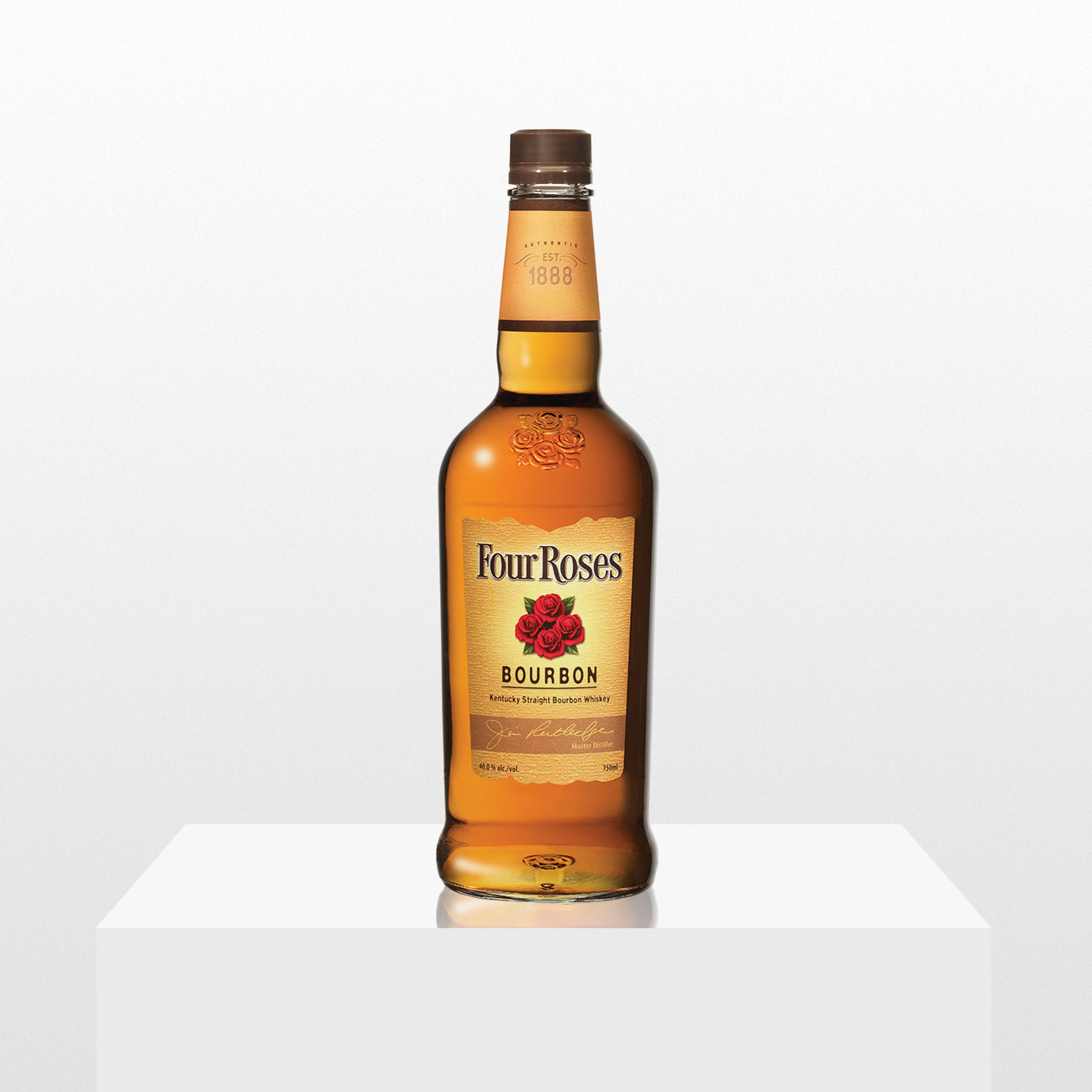
Distillery: Four Roses
ABV: 40%
Proof: 80
Average Price: $18.00
The Whiskey:
“This is a very dynamic whiskey and considered one of the best cocktail bourbons. Four Roses is a highly regarded distillery, with a high-rye mash bill that produces an extra spiciness and a concentration on yeast that has been exceptional for the bourbon world. They’ve also led the way in transparency. “They’ll tell you everything there is to know about their whiskey — they don’t hide the mash bill, the distillation proof.
Tasting Notes:
An earthy nose, but spicy on the tongue, with immediate and pleasant notes of cinnamon and baking spices.
Woodford Reserve Kentucky Straight Bourbon Whiskey

Distillery: Brown Forman Distillery, Shively, KY
ABV: 45.2%
Proof: 90.4
Average Price: $38.00
The Whiskey:
The whiskey has a slightly high rye content (18 percent) which gives it a nice hit of spice and makes it very drinkable. It’s twice distilled in pot and column stills before being mellowed in oak for six to eight years. The final blend tends to be complex yet a very easy-drinking whiskey.
Tasting Notes:
There’s a clear feel of creamy vanilla-laced butterscotch, raw cacao, old leather, rich pipe tobacco. That’s followed by marzipan, darkly roasted coffee beans, rye spiciness that’s more fresh ginger than pepper, and an aged rum sweet edge.
Old Grand-Dad 114

Distilled By: Jim Beam
ABV: 57%
PROOF: 114
AVG PRICE: $30
The Whiskey:
In 2017, Jim Beam’s Old Grand-Dad line of whiskeys was nearly eliminated as a market choice. However, because of brand recognition, loyalty, and a reasonable price point, the product has maintained a cult following. It’s relatively low-corn mash bill (only 63 percent) is also unique, utilizing a staggering amount of rye and malted barley, creating a spicy bourbon ideal for drinking on the rocks or in a cocktail.
Tasting Notes:
Pepper, rye, Cinnamon, butterscotch.
Buffalo Trace Bourbon

Distillery: Buffalo Trace Distillery, Frankfort, KY
ABV: 45%
PROOF: 90
Average Price: $30.00
The Whiskey:
The low-rye mash allows corn to enhance the softer nature and smoother experience. The price point also makes this a very accessible bottle for any application of celebration.
Tasting Notes:
Christmas spices, and malt-forward earthiness. Then bursts of raw sugars, wet oak, bitter roasted coffee beans, with caramel, dark chocolate pastry butteriness and apple orchards shine through.
Larceny Bourbon

Distilled By: Heaven Hill
ABV: 46%
Proof: 92
Average Price: $22.00
The Whiskey:
An incredible smooth sweetness. “It is not complex wheated bourbon but a great sipping bourbon.
Tasting Notes:
It’s a wheated bourbon, with loads of bready sweetness, butterscotch, and toffee.
Pappy Van Winkle’s 15 Year Family Reserve

Distillery: Buffalo Trace Distillery, Frankfort, KY
ABV: 53.5%
Proof: 107
Average Price: $1,400.00
The Whiskey:
Pappy Van Winkle is the ultimate “great” bourbon. The bottles are only released twice a year. These releases are quickly bought up by retailers and collectors who hold on to them, increasing their “value.” This is a very good bourbon, but could be overpriced.
Tasting Notes:
There’s a richness from the present-yet-subtle oak next to a nutty toffee essence. Caramel and vanilla come together with sharp spice, toasted oak, wild florals, and orchard fruit. Everything in this bottle just works as the finish sits on your senses and reminds you why you love bourbon in the first place.
Four Roses Small Batch
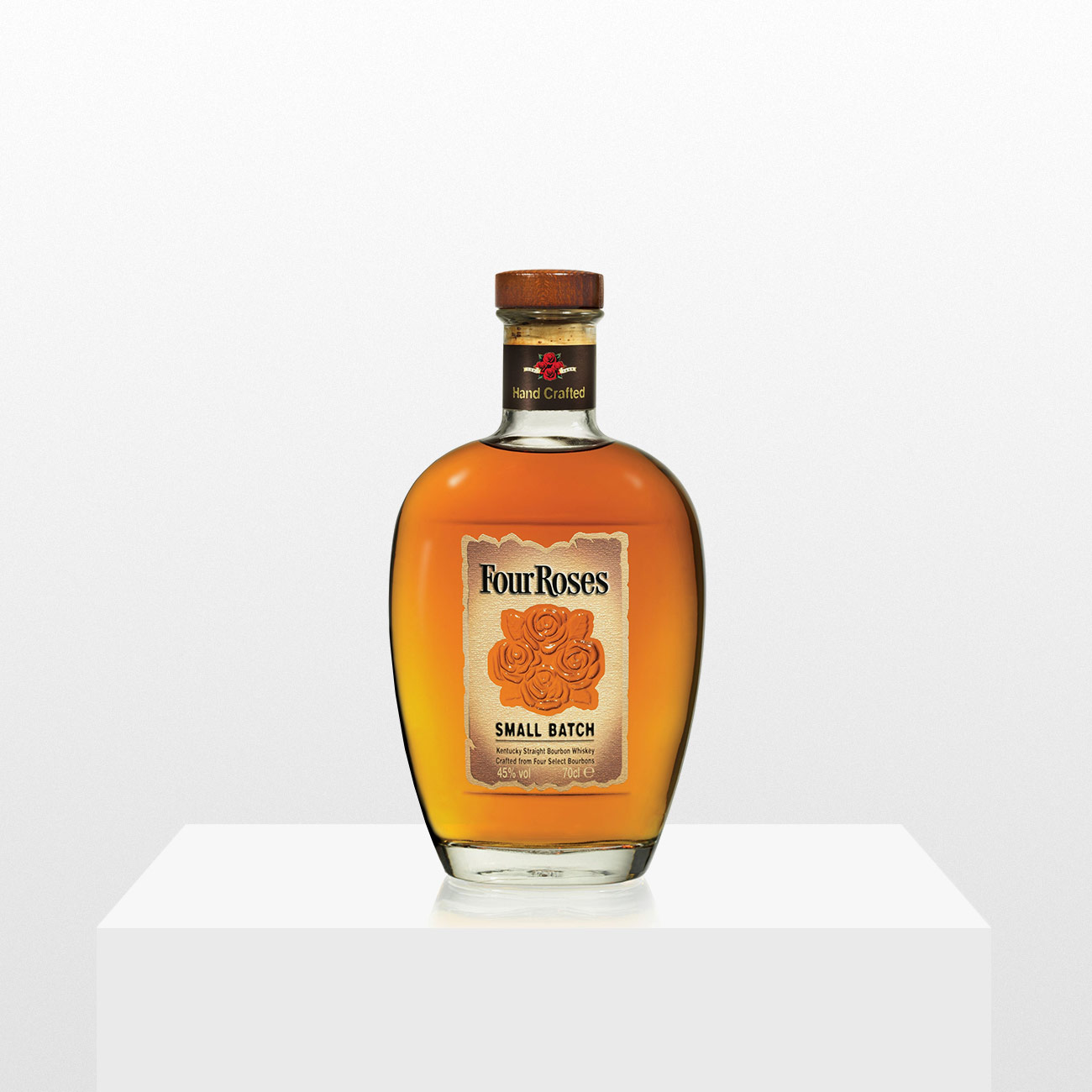
Distilled By: Four Roses
ABV: 45
Proof: 90
AVG Price: $35
The Whiskey:
Four Roses blends 180 barrels of four different recipes per bottling. It is more complex than most ‘Yellows’ with a strong influence of cinnamon notes, It is very smooth and easy to drink.
Tasting Notes:
cinnamon, citrus, caramel, vanilla, and an apple-pie sweetness.
Knob Creek Straight Bourbon Whiskey

Distillery: Jim Beam Distillery, Clermont, KY (Beam Suntory)
ABV: 50%
PROOF: 100
Average Price: $35.00
The Whiskey:
Jim Beam’s Knob Creek is a blend of bourbons from the prestigious Beam warehouses that have aged up to nine years. That’s a good amount of time for bourbon in this price range, especially given that bottles just ten to 15 bucks cheaper are usually only aged four years.
Tasting Notes:
The dram starts with a sense of buttery toast and echoes of rye spice. That rye leads to charred oak and maple syrup essence that mellows into delightful hints of apple orchards. The oak, spice, and fruit bring about a long finish with plenty of warmth.
Evan Williams Black Label

Distilled By: Heaven Hill
ABV: 43%
Proof: 86
AVG Price: $13
The Whiskey:
Evan Williams is a very good value brand. So its whiskey, at a great proof point of 86 and an age of five-and-a-half years old, goes for less than $20 is a fantastic bourbon, for the money. A very satisfying beverage.
Tasting Notes:
Well rounded, with a range of flavors including brown sugar and nutmeg atop the standard range of vanilla and caramel.
Maker’s Mark Bourbon Whisky
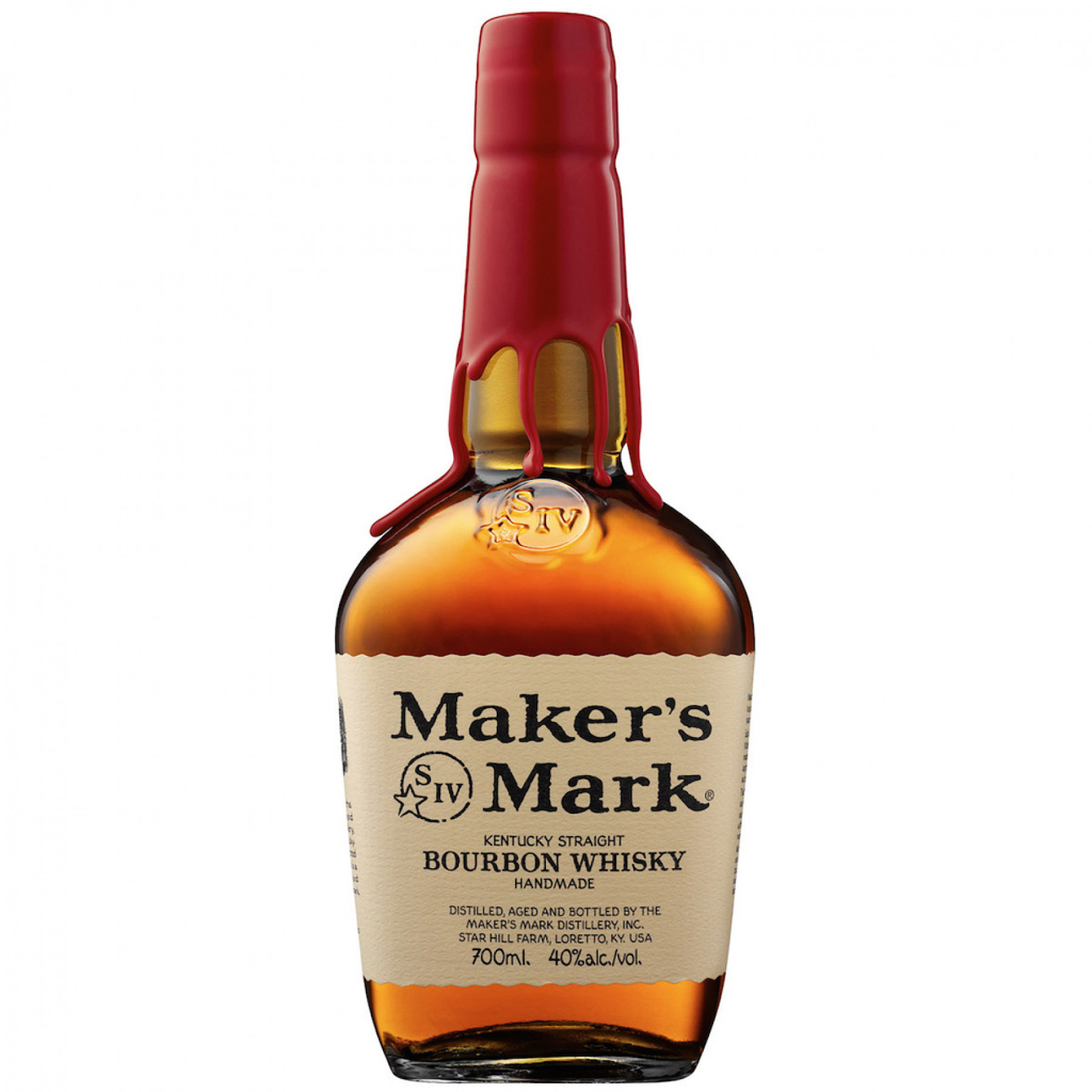
Distillery: Maker’s Mark Distillery, Loretto, KY (Beam Suntory)
ABV: 45%
Proof: 90
Average Price: $30.00
The Whiskey:
Maker’s Mark moderates the corn mash with red winter wheat, giving it a subtlety and smoothness that makes this bourbon very drinkable and mixable. This is a good bourbon to use as a base for any cocktail application from an Old Fashioned, Manhattan, or to a mint julep.
Tasting Notes:
There’s a burst of spice, botanicals, fruit, and honey sweetness that lean towards sweet vermouth. There are clear bourbon notes of oak char, vanilla, and a slight, wheat flavor that all give way to a rich butterscotch.
Henry McKenna Single Barrel

Distilled By: Heaven Hill
ABV: 50
Proof: 100
Price: $55
The Whiskey:
The McKenna distillery was established in 1855, founded by the noted Irish immigrant distiller Henry McKenna. The McKenna distillery was sold to Seagrams in the 1950s. Seagrams closed the business in the 1970s and Heaven Hill purchased the brand name in 1994, but the original recipe, yeast, mashbill and flavor profile are lost with time. However, the new bourbon is considered to be an outstanding 10-year aged bourbon. The new Henry McKenna bourbon took home “Best in Show Whiskey” at the San Francisco World Spirits Competition.
Tasting Notes:
Rye spiciness, caramel, and vanilla, with notes of oak.
Booker’s Bourbon

Distillery: Jim Beam, Clermont, KY (Beam Suntory)
ABV: 63%
Proof: 126
Average Price: $80,00
The Whiskey:
This heady fine bourbon from Jim Beam is a blending of six and eight-year-old barrels from deep in their warehouses. The quality is top of line, making this a bottle that won’t disappoint even the most elitist of bourbon “lovers.”
Tasting Notes:
There’s a sweet toffee fragrance that gives way to cedar, stewed apples, spicy red and black pepper, and a taste of sour cherries. It’s as complex as it is satisfying and will linger on your senses with all that spice and fruit.
Old Ezra 7-Year Straight Bourbon
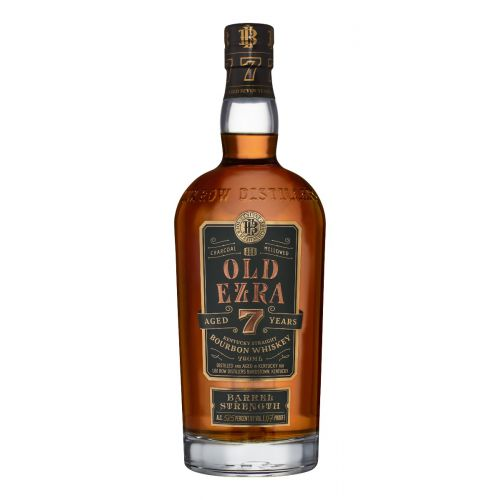
Distillery: Undisclosed
ABV: 58.5%
Proof: 117
Average Price: $40
The Whiskey:
The Luxco company has been a non-distiller producer and has been said to have sourced their bourbon from Heaven Hill. In 2018, they completed the construction of their own distillery in Bardstown,KY. According to the company, Lux Row Distillers features 18,000 square feet, six-barrel warehouses at capacity and a 43-foot custom copper still capable of producing 3 million gallons of spirit per year. This distillery will produce the bourbon for the company’s own brands and will replace the sourced products when their bourbon comes of age.
Tasting Notes;
The bourbon is a mash bill of 78% Corn, 12% Malted Barley, 10% Rye. A very traditional set of bourbon scents consisting of vanilla, caramel, brown sugar, and oak. It’s mild for a high proof bourbon and its aromas are straightforward with no frills. It has a touch of cherry, spice, butter, vanilla, and orange peel.
Four Roses Al Young Limited Edition

Distillery: Four Roses
ABV: 55
Proof: 110
Average Price: $500.00 +
The Whiskey:
The 50th-anniversary whiskey is made in part of 23-year old bourbon and has, according to Four Roses flavor profiles of “cinnamon, peaches and cherries, plus aromas of gardenias and magnolia blossoms. It is considered very complex and something very special.
Tasting Notes:
On the nose, leather, maple syrup. On the palate, honeysuckle, cinnamon, and floral notes.
Elijah Craig Small Batch Bourbon

Distillery: Heaven Hill Bernheim Distillery, Louisville, KY
ABV: 47%
Proof: 94
Average Price: $32.00
The Whiskey:
Elijah Craig is one of Heaven Hill’s premier brands. The bourbon is a blend of eight to 12-year-old bourbons from Heaven Hill’s warehouses. The end result is a whiskey that’s as drinkable as it’s affordable.
Tasting Notes:
There’s a flavor of cedar forest and honey. That turns into honey-soaked baked apples with spicy cardamom and cinnamon and finally with charred oak notes.
Weller Special Reserve Bourbon
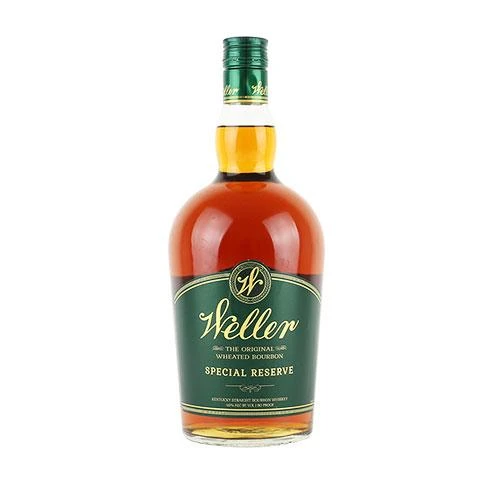
Distillery: Buffalo Trace Distillery, Frankfort, KY (Sazerac Company)
ABV: 45%
Proof: 90
Average Price: $40.00
The Whiskey:
This expression from Buffalo Trace’s distillery is advertised as the “Original” wheated bourbon. The wheat replaces rye in the mash bill and creates a subtly smoother bourbon that’ll entice your senses.
Tasting Notes:
Caramel is the obvious fragrance. That caramel ebbs towards butterscotch and then rich notes of fresh honey with florals of sweet fruits. The sense of oak and vanilla help with the essence of honey. A classic ‘Kentucky hug’.
New Riff Kentucky Straight Bourbon

Distilled By: New Riff Distilling
ABV: 50%
Proof: 100
Average Price: $40.00
The Whiskey:
New Riff Distilling was founded in 2014 so it is essentially a very new addition to the distilleries in Kentucky. The rest of the nation is just kinda getting to know them. The mash bill is made entirely of non-GMO grains and is 65 percent corn, 30 percent rye and 5 percent malted barley.
Tasting Notes:
Oak tannins and vanillas, butterscotch, sweet corn and some rye spice at the finish.
Eagle Rare 10-Year Bourbon

Distillery: Buffalo Trace Distillery, Frankfort, KY (Sazerac Company)
ABV: 45%
Proof: 90
Average Price: $38.00
The Whiskey:
This expression is a blending of ten-year-old Buffalo Trace whiskeys, giving this one a deep nature. The master blenders look for well-known bourbon flavors in each barrel in the warehouse so that they can make a selection of the finest bourbons into one of the tastiest bottles of bourbon available today. It’s a fascinatingly complex whiskey in this price range.
Tasting Notes:
This bourbon has strong influence of orange rind and maple syrup sweetness as well as oak char, vanilla with a classic old-leather-chair-in-a-smoky-library vibe. There is also a very distant hint at very big red fruits.
Elijah Craig Barrel Proof
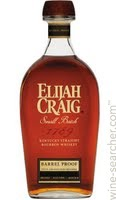
Distilled By: Heaven Hill
ABV: 66.6%
Proof: 133.2 proof
Avg Price: $78.00
The Whiskey:
This bourbon recently won Whisky Advocate’s whiskey of the year, and Minnick was on the tasting panel. This bourbon is very smooth for a 132.2 proof beverage. It does not undergo chill filtering but instead is processed using light filtration to remove barrel char flakes.
Tasting Notes:
Caramels are rich, vanillas powerful with notes apple, cherry, blueberry, and pumpkin.
Old Forester 1920 Prohibition Style Straight Bourbon

Distilled By: Brown-Forman
ABV: 57.5%
Proof: 115
Avg. Price: $70.00
The Whiskey:
It’s bottled at 115 proof and for this distillery, that’s the perfect proof. Old Forester 1920 is bold and charismatic. This is dessert in a bourbon glass, with tons of depth and complexity that’ll leave you savoring each sip. It has a great mouth feel and very thick legs to coat the glass extremely well.
Tasting Notes:
On the nose you can get caramel, butterscotch, banana fosters, coca, oak. The pellet is not much different from an excellent caramel, butterscotch, banana fosters, dark chocolate, dark maraschino cherry, and a nice oak finish.
Barrell Craft Spirits Blended Bourbon

Distilled By: undefined
ABV: variable
Proof: variable
Avg. Price: $
The Whiskey:
This is the best blended American whiskey available that is why there is no distillery information pricing or tasting notes. Each of its releases makes defines what went into it as distillery location, whiskey age, proof, etc. Barrell is a blender, not a distiller. It won the American Whiskey of the Year award in 2018 in a blind tasting test. Barrel is a brilliant whiskey with superb complexity.
Tasting Notes:
A strong fruit-filled burst of strawberry, plum, and pecans. It’s nicely layered, with the scents of cherry, honey, and caramel is nicely contrasted by leather, and cocoa.
Buffalo Trace William Larue Weller Wheated Bourbon

Distilled By: Buffalo Trace
ABV: 64.1
Proof: 128.2
Price: $800+
The Whiskey:
“This wheated bourbon is difficult to find. This treasure from Buffalo Trace’s Antique collection does its namesake a service, representing some world’s best-wheated bourbon, a style Weller himself pioneered.
Tasting Notes:
A caramel bomb, with immense vanilla notes on the nose. Dried fruits, nutmeg, and honey on the palate.
Fine Bourbon Selection
Please sign up for our email list below to get the latest information on our latest product descriptions, upcoming sales and special offers. We have some of the best offers in the business so please keep updated and have all questions answered in our COMMONWEALTH NEWS
These fine Bourbon selections are sorted by their home distillery. Please review these fine bourbons and make a choice from our home site for your ultimate pleasure


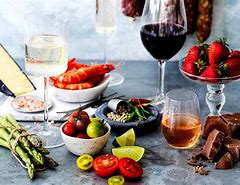
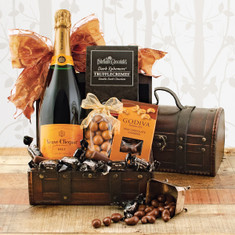
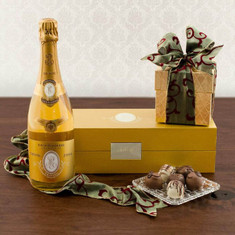

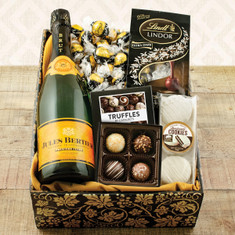

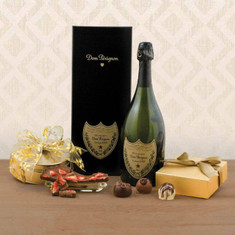
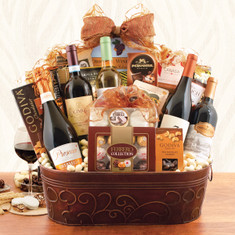

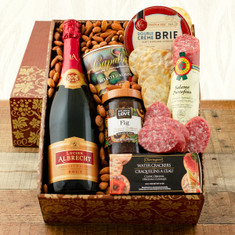
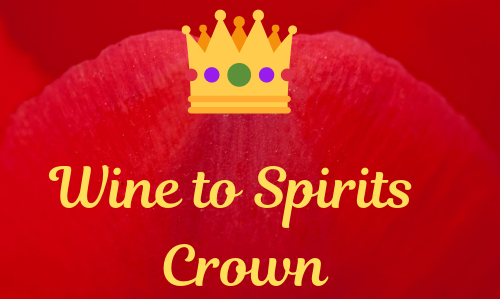
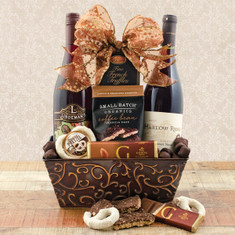
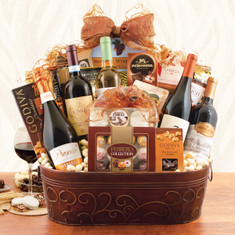
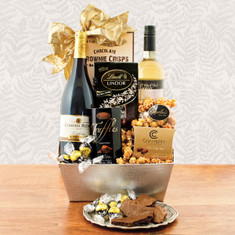
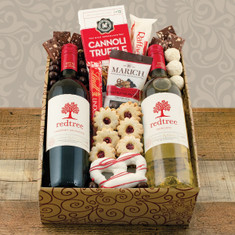
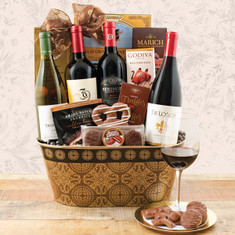
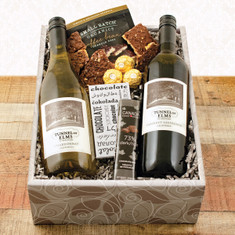
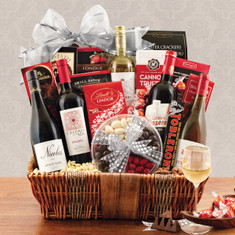
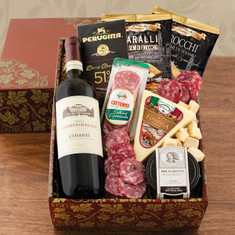
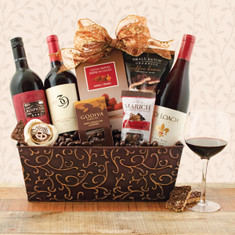 California Red Wine Trio
California Red Wine Trio